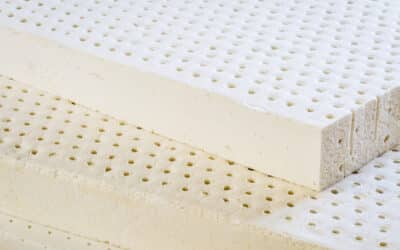The 2017 Tax Act introduced a new deduction for pass-through entities. Owners of S corporations, sole proprietorships, partnerships and limited liability companies treated as sole proprietorships are entitled to an income tax deduction of up to 20 percent of their qualified business income (“QBI”) on their personal income tax returns. Despite the fact that the QBI deduction has been available for years, many individuals starting their own businesses as sole owner companies with no employees continue to experience confusion in selecting the optimal structure to take advantage of the 20 percent tax deduction.
Qualified business income, generally speaking, is income derived from a trade or business. An employee’s wages do not constitute QBI. Passive income such as interest and dividends are also excluded from the QBI definition. The intention of the statute is to offer a deduction for the active business income that is earned by pass thru entities.
As an individual’s taxable income exceeds a threshold amount, the QBI deduction may be subject to an additional limitation. The threshold amount is based on all of an individual’s income, not just income derived from the business, and is currently $364,200 for married taxpayers filing joint income tax returns with their spouses and $182,100 for single taxpayers. Subject to a phaseout of these limitations, once these threshold amounts of income are reached, the QBI deduction cannot exceed the greater of (a) 50 percent of the wages paid by the business or (b) the sum of 25 percent of the wages paid by the business and 2½ percent of the non-depreciated basis of certain business property.
Since S corporation owners can receive salaries from their businesses, wages paid to an S corporation owner will be taken into account in determining the wage limitations where income exceeds the thresholds. Owners of sole proprietorships and limited liability companies treated as proprietorships, however, cannot pay wages to themselves. Accordingly, the wage limitations for individuals whose income exceeds the thresholds may significantly curtail or even eliminate the QBI deduction for these businesses.
In selecting the proper business structure, there is no one structure that is optimal for all sole owner businesses with no employees.
Where an individual taxpayer’s income is below the applicable threshold, a sole proprietorship or a limited liability company treated as a sole proprietorship is often the recommended structure. In these circumstances, a 20 percent income tax deduction may be allowed for the full amount of the qualified business income. Because income is below the threshold, the wage limitations are inapplicable to such businesses. Once an individual’s income exceeds the thresholds, the QBI deduction for a sole proprietorship or a limited liability company treated as a sole proprietorship will be subject to the wage limitation which may eliminate the deduction unless the business owns a significant amount of property which can permit a QBI deduction for 2 ½ percent of the basis of such property.
Now consider an S corporation owner. Since S corporation owners rendering services to their corporations must pay some salary to themselves, the QBI deduction will not be as beneficial where the owner’s income is below the threshold since the income paid to the owner as wages does not qualify for the QBI deduction. Where the owner’s income exceeds the threshold, the S corporation structure becomes more beneficial as the owner can, subject to reasonable principles acceptable to the IRS, increase his/her salary to maximize the QBI deduction.
In seeking to maximize the QBI deduction, business owners must consider another limitation applicable to businesses which constitute special service trades or businesses (“SSTBs”). Doctors, lawyers, accountants and a host of other professional service providers cannot take a QBI deduction when their business income exceeds the thresholds set forth above. Subject to a phaseout of these limitations, the QBI deduction may not be available if the owner’s income exceeds the applicable threshold.
All business owners must recognize that there are multiple factors that must be taken into account in deciding upon a business structure. Navigating through the multiple complexities of the tax code to maximize the QBI deduction is no doubt a significant factor. Other factors should not be ignored as many considerations come into play in selecting a business structure.
Please contact Bruce Bell with any questions at (312) 648-2300 or e-mail at [email protected].



